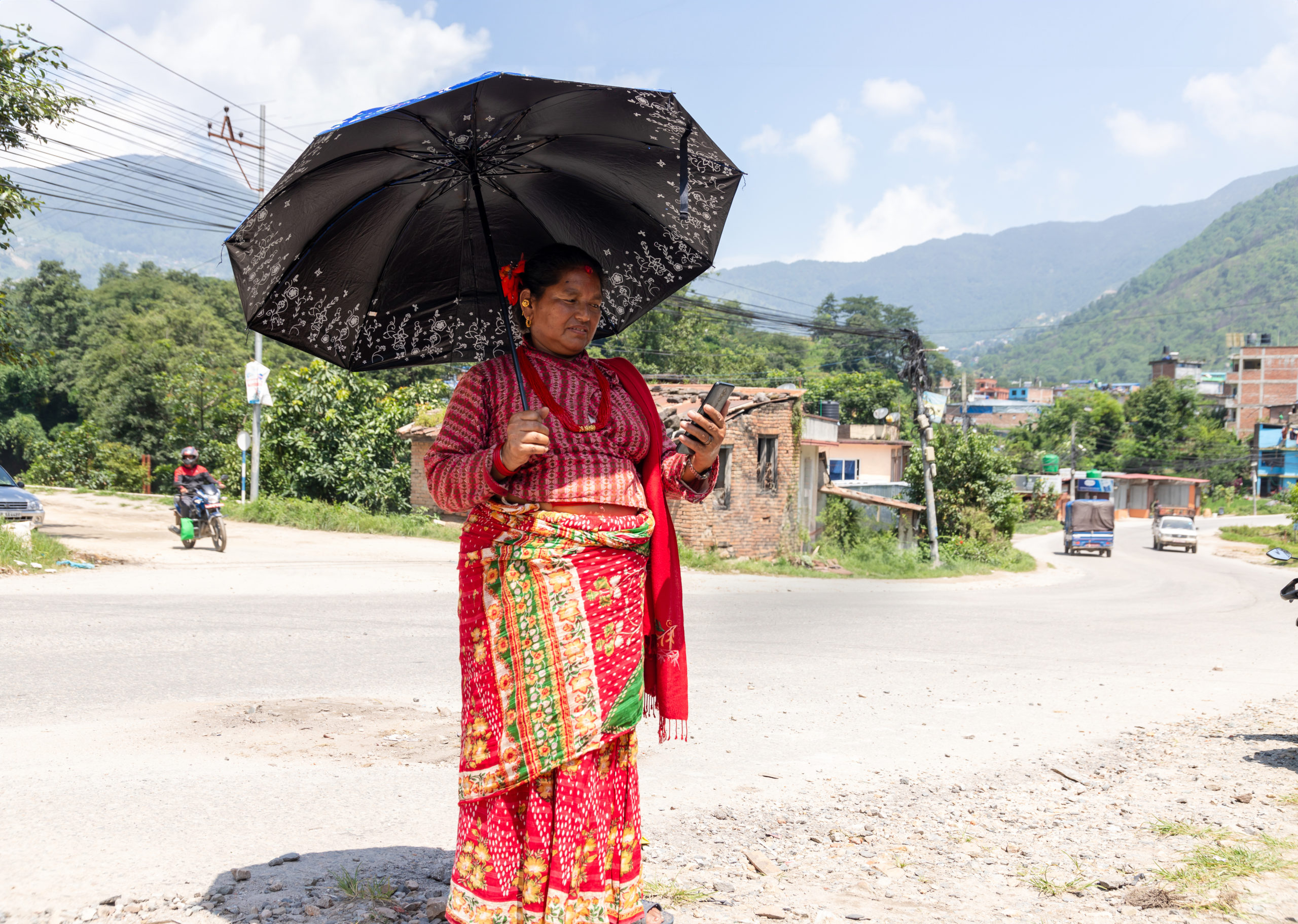1.5 billion women in LMICs now use mobile internet, 785 million remain unconnected
15 May 2024, London: More women in low- and middle-income countries (LMICs) are using mobile internet than ever before, 1.5 billion (66%) in total. In 2023, an additional 120 million women connected to the internet via mobile. Mobile remains the primary – and often only – way people in LMICs access the internet, accounting for 84% of broadband connections in 2023. However, an alarming 785 million women remain unconnected, with approximately 60% residing in South Asia and Sub-Saharan Africa. This is according to the annual ‘Mobile Gender Gap Report 2024’ by the GSMA today.
The seventh edition of the report examines data on women’s mobile access and use across 12 LMICs, the barriers they face and how this compares with men. The report is funded by the UK Foreign, Commonwealth and Development Office (FCDO) and the Swedish International Development Cooperation Agency (Sida) via the GSMA Mobile for Development Foundation, with research funded in part by the Bill & Melinda Gates Foundation. It provides stakeholders with recommendations to reduce the gender gap in mobile ownership and use, to unlock socio-economic benefits for women everywhere.
The 2024 report reveals a shift in the gender gap. The gender gap in mobile internet adoption across LMICs has narrowed. Compared with 2022, women are now 15% (19% in 2022) less likely than men to use mobile internet, bringing the gap back to its pre-pandemic level. Notable changes in India and Indonesia drove this year’s shift where women’s rate of adoption exceeded men’s. While in Sub-Saharan Africa the gender gap narrowed slightly for the first time in five years.
The gender gap persists across internet use cases
Across LMICs, there are now 1.4 billion women who own a smartphone, meaning that 60% of women now own a smartphone device. In 2023, the gender gap in smartphone ownership narrowed slightly from 15% to 13% across LMICs, driven primarily by progress in South Asia. However, 40% of women in LMICs still do not own a smartphone compared to 31% of men.
Once someone owns a smartphone, they are considerably more likely to adopt mobile internet and use it regularly which can unlock myriad socio-economic benefits. However, once women are online, they often face barriers to using mobile internet as frequently or for the same range of use cases as men.
Addressing use and adoption barriers
In surveyed countries, the primary obstacles to mobile internet adoption reported among both men and women who are aware of it are affordability (primarily of handsets), literacy, and digital skills. However, these barriers are particularly challenging for women due to factors like the gender pay gap, lower employment rates and access to education. Beyond initial adoption, the top barriers to usage vary more by country than they do for adoption, encompassing issues such as safety and security concerns, affordability (concerning data but also handsets), and connectivity experience.
Addressing the mobile gender gap holds the potential to deliver significant social and commercial benefits for individuals, societies, and economies. Connectivity is also critical to achieving the 17 UN SDGs – including those related to health, education, and financial inclusion. The GSMA estimates that closing the gender gap in mobile ownership and usage across LMICs could deliver an additional $230 billion in revenue to the mobile industry over an eight-year period.
Claire Sibthorpe Head of Digital Inclusion at the GSMA comments; “The reduction in the mobile internet gender gap is promising, but sustaining momentum is fragile. Our Connected Women Commitment Initiative shows that setting clear targets and taking informed, focused action can make a difference; since 2016 our operator partners have collectively reached over 70 million additional women with mobile internet and mobile money services.
Gender gaps stem from complex social, economic, and cultural factors, that require collective action from a broad set of organisations. We are calling on stakeholders including governments, MNOs and development organisations to work together to ensure digital and financial inclusion for women everywhere.”
-ENDS-
About GSMA
The GSMA is a global organisation unifying the mobile ecosystem to discover, develop and deliver innovation foundational to positive business environments and societal change. Our vision is to unlock the full power of connectivity so that people, industry, and society thrive. Representing mobile operators and organisations across the mobile ecosystem and adjacent industries, the GSMA delivers for its members across three broad pillars: Connectivity for Good, Industry Services and Solutions, and Outreach. This activity includes advancing policy, tackling today’s biggest societal challenges, underpinning the technology and interoperability that make mobile work, and providing the world’s largest platform to convene the mobile ecosystem at the MWC and M360 series of events.
We invite you to find out more at gsma.com
About GSMA Connected Women
The GSMA’s Connected Women programme works with mobile operators and their partners to address the barriers to women accessing and using mobile internet and mobile money services. Connected Women aims to reduce the gender gap in mobile internet and mobile money services and unlock significant commercial opportunities for the mobile industry and socio-economic benefits for women.
For more information, please visit www.gsma.com/solutions-and-impact/connectivity-for-good/mobile-for-development/connected-women/
Media Contacts
GSMA Press Office
[email protected]



